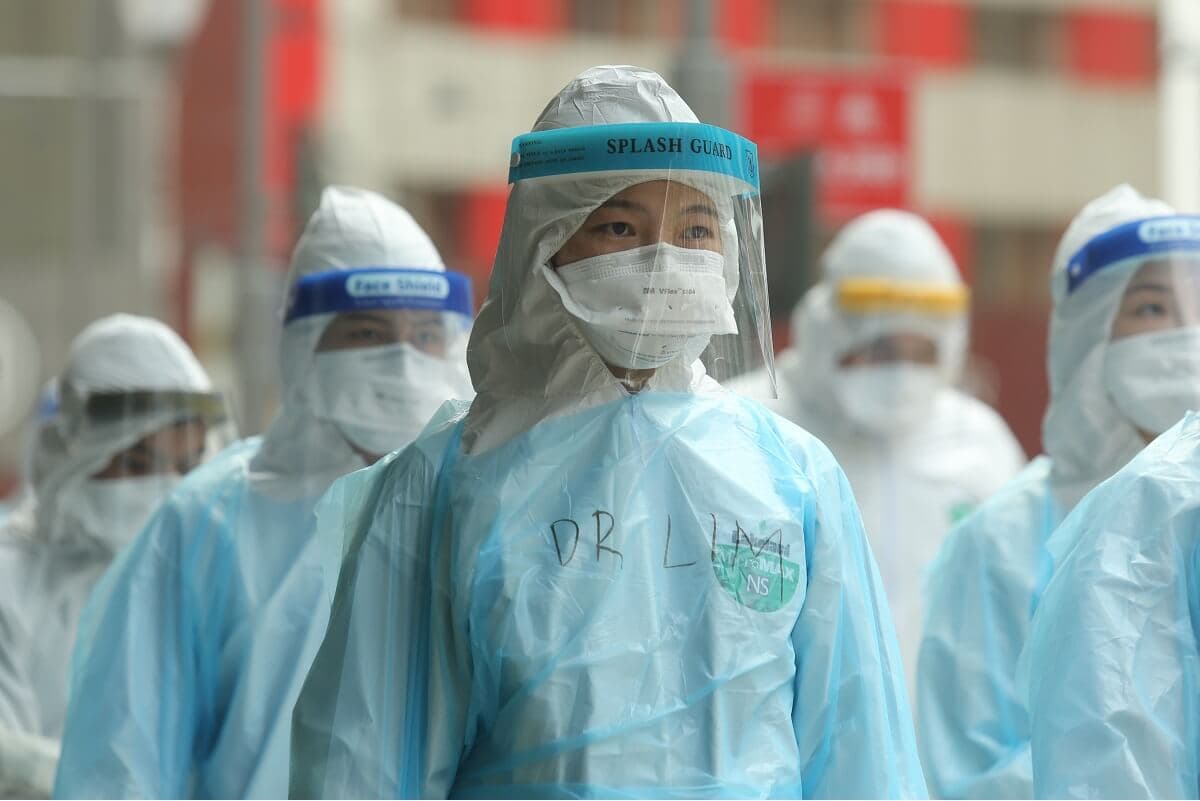
KUALA LUMPUR (Nov 29): The amount of clinical waste increased by 18.1% or 39,900 metric tonnes in 2020 compared to 33,800 metric tonnes in the previous year, according to the Department of Statistics Malaysia (DOSM).
In a Monday statement, the DOSM said the increase was due to the use of personal protective equipment (PPE) and Covid-19 testing equipment in treating Covid-19 patients in healthcare facilities and quarantine centres.
According to chief statistician Datuk Seri Dr Mohd Uzir Mahidin, Selangor topped the list for clinical waste with 9,700 metric tonnes, followed by Sarawak (4,100 metric tonnes) and Kuala Lumpur (4,100 metric tonnes).
“In addition, [the] quantity of scheduled waste generated by industries recorded 7,185.2 thousand metric tonnes in 2020, an increase of 79% compared to 4,013.2 thousand metric tonnes reported in 2019. This was contributed by power plant and water treatment plant industries which are categorised as essential services.
“In terms of states, Selangor contributed the highest amount of scheduled waste at 28.5% followed by Johor (16.8%) and Negeri Sembilan (16.2%),” he added.
Mohd Uzir also said the country has recorded more days of "good" and "moderate" air quality status for 2020.
“Kapit station recorded the highest with 359 days of air quality 'good' status in 2020 as compared to 263 days recorded in the previous year,” he commented.
According to him, the Air Pollution Index (API) readings also showed a decline in air pollution levels, especially in major cities such as Pasir Gudang, Petaling Jaya, Shah Alam and Cheras, Kuala Lumpur.
He said the decline was due to the reduction in activities and lower emission of pollutants into the air, such as smoke emissions from motor vehicles, smoke emissions from industrial chimneys and open burning activities.
“Air pollutant substances such as particulate matter (PM10 and PM2.5), ground level ozone (O3), carbon monoxide (CO) and sulphur dioxide (SO2) showed a declining trend during the implementation of MCO [Movement Control Order] and CMCO [Conditional Movement Control Order].
“However, this air pollutant substance increased during RMCO [Recovery Movement Control] as more business is allowed to operate and [there is] less restriction on movement. In [a] nutshell, from March to December 2020, PM10 ranged between 17.11 to 22.81 microgram cubic meters as compared to 19.09 to 64.11 microgram cubic meters in 2019.
“Meanwhile, CO reading was 0.473 to 0.620 parts per million (March-December 2020) as compared to 0.565 to 0.888 parts per million in [the] same period [in the] previous year,” Mohd Uzir explained.
In addition, the chief statistician said MCO has also impacted river water quality in 2020. Based on the results of monitoring of 144 river basins by the Ministry of Environment, it showed that 104 or 72.2% of the river basins were in the clean category compared to 85 in 2019, noted Mohd Uzir.
“Furthermore, 33 river basins were classified as moderately polluted (2019: 49 river basins) and seven in contaminated category (2019: 10 river basins),” he said.
Mohd Uzir also added: “The new norms such as working from home, home-based teaching and learning program and MCOs which contained people at their residences have affected the consumption of water. The metered water consumption for the domestic sector showed an increase of 5.2% in 2020. However, the non-domestic sector decreased by 8% in 2020 as compared to 2019 as businesses were affected by the MCO in terms of limited business hours and some businesses were totally closed during the first MCO."